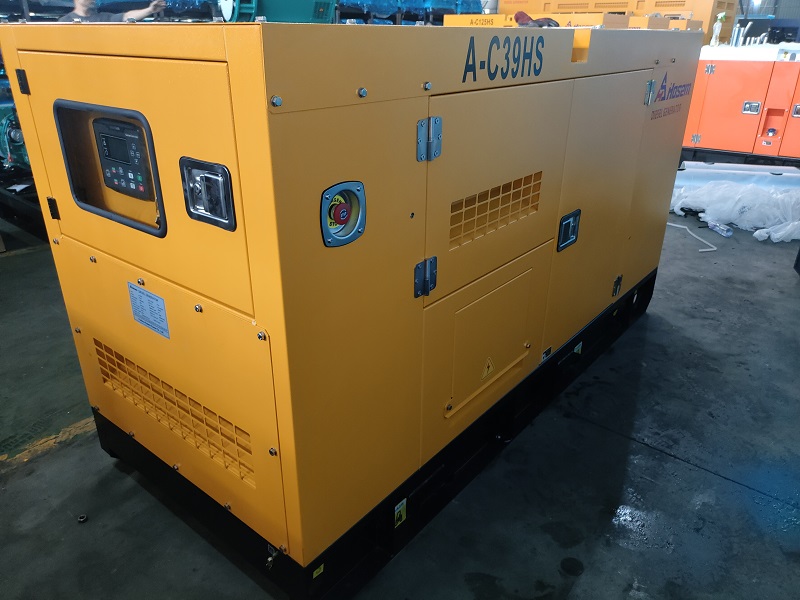-
Tel : +86-591-86397381
-
Email : sale@hosempower.com
-
Skype : +86-13205904365
Tel : +86-591-86397381
Email : sale@hosempower.com
Skype : +86-13205904365

Operating diesel generators in high-altitude regions presents unique challenges due to environmental conditions such as low oxygen, low temperatures, strong radiation, and reduced air pressure. These factors significantly impact engine performance and reliability. So, how do diesel generators manage to operate normally in such demanding environments? Let’s explore.

Cause: For every 1,000 meters of altitude gain, air density decreases by about 10%, reducing oxygen content. This leads to incomplete combustion.
Effect: Output power decreases by 8%–12%, fuel consumption rises, and emissions worsen.
Low temperature and low air pressure cause poor fuel atomization.
Battery capacity decreases in cold conditions, leading to insufficient starting torque.
Thin air reduces heat dissipation capacity, making engines prone to overheating.
Incomplete combustion increases CO, HC, and particulate emissions, which may exceed environmental regulations.
Turbocharging Technology: Increases intake air volume to compensate for oxygen deficiency.
Intercooling: Lowers intake air temperature after turbocharging, improving density.
Fuel System Optimization:
Advancing fuel injection timing to improve combustion efficiency.
Using high-pressure common rail systems for precise control of fuel injection.
ECU Calibration: Reprogramming the electronic control unit to adjust air-fuel ratios and ignition parameters for high-altitude conditions.
Enhanced Cooling System:
Enlarged radiator area or dual-circuit cooling.
Use of high-boiling-point coolant.
Starting Assistance:
Preheating devices such as glow plugs or intake air heaters.
High-capacity, low-temperature-resistant batteries.
Low-Temperature Materials: Rubber seals and fuel pipes upgraded to cold-resistant materials.
Low Pour Point Lubricants: Special oils designed for extreme cold.
Air Filtration Upgrade: Multi-stage filters to prevent dust and sand intake.
Power Correction Factor: Apply derating according to altitude to avoid overload.
Higher Rated Capacity: Select generators with extra power margin to compensate for loss.
Hybrid Energy Support: Combine with solar or battery storage to reduce continuous high-load operation.
Diesel generators face significant challenges in high-altitude regions, but with the right engine adjustments, auxiliary system upgrades, suitable materials, and power compensation strategies, they can perform reliably. For critical applications in mountains, plateaus, or remote highland areas, choosing a generator designed and optimized for high-altitude conditions ensures stable power, longer lifespan, and compliance with environmental standards.